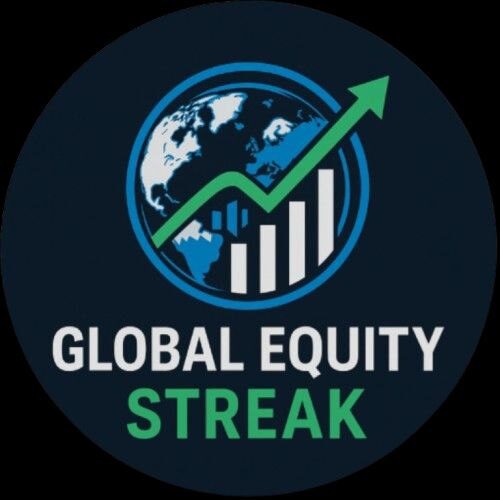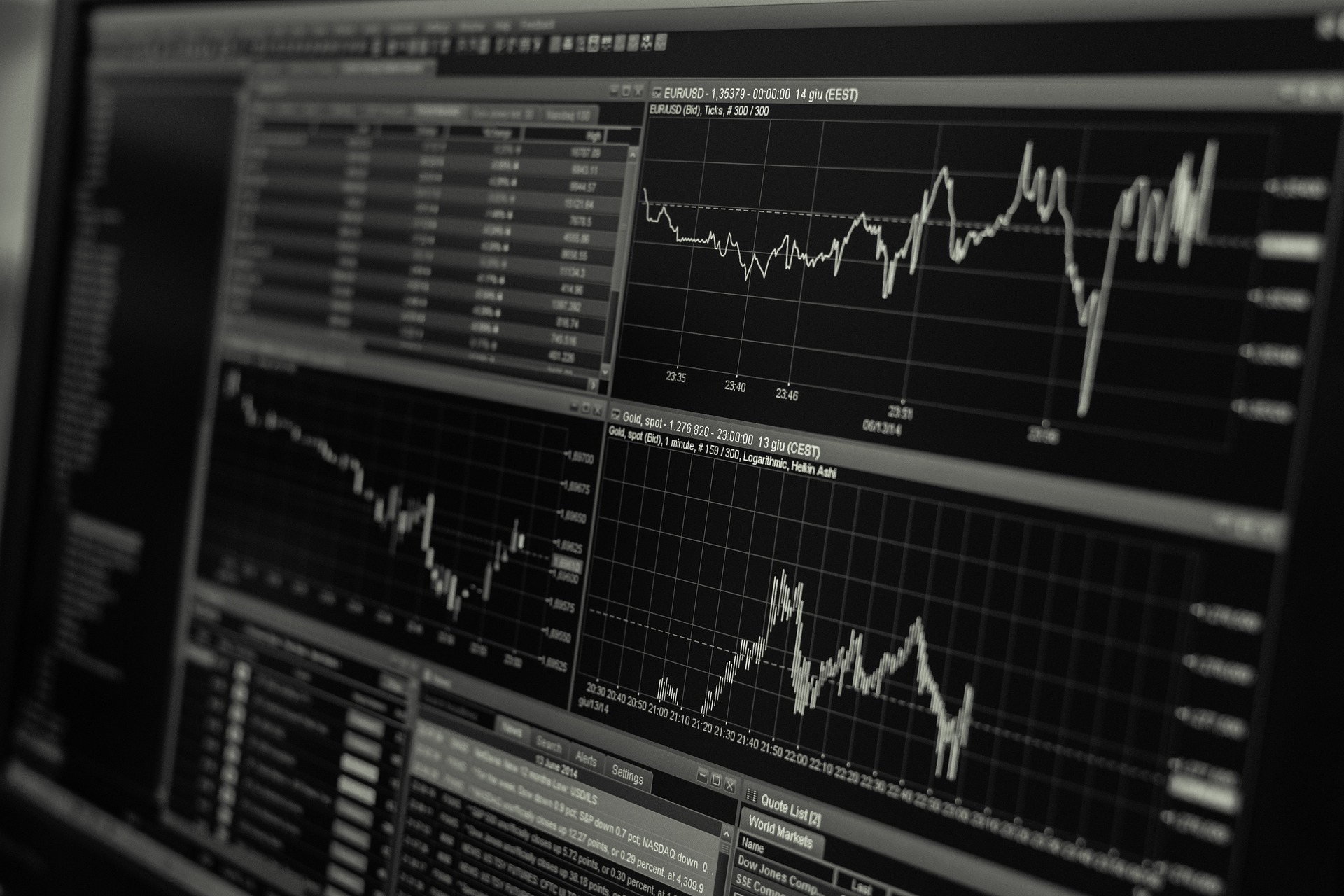The U.S. stock market in 2025 has entered unprecedented territory, surpassing valuation levels seen during both the 1999 Dot-Com Bubble and the run-up to the Great Depression in 1929. Multiple valuation metrics are flashing warning signals, sparking debate among analysts, investors, and policymakers about whether these levels are sustainable or if they mark the beginning of another financial bubble.
U.S. Stock Market Valuations in 2025 Surpass Dot-Com Bubble
The U.S. stock market in 2025 has entered unprecedented territory, surpassing valuation levels seen during both the 1999 Dot-Com Bubble and the run-up to the Great Depression in 1929. Multiple valuation metrics are flashing warning signals, sparking debate among analysts, investors, and policymakers about whether these levels are sustainable or if they mark the beginning of another financial bubble.
Key Valuation Metrics at Historic Highs
One of the most closely watched indicators, the Warren Buffett Indicator, which measures the total market capitalization of U.S. stocks relative to the nation’s GDP, currently stands between 195% and 211%. This figure significantly exceeds the 144% level reached during the peak of the Dot-Com Bubble in 2000 and the 110% level seen before the 2008 Financial Crisis. Historically, the average sits near 100%, meaning today’s levels suggest the market’s size is far outpacing the real economy. Warren Buffett himself has described this metric as a reliable gauge for assessing market overvaluation.

The S&P 500’s Cyclically Adjusted Price-to-Earnings (CAPE) ratio has reached 37 times earnings, the third-highest in modern history, exceeded only during short-lived periods in the late 1920s and 1999–2000. Considering the long-term average is between 15 and 16, today’s levels are well above historical norms, indicating stretched valuations.
Price-to-book value ratios further confirm the market’s overheated status. The S&P 500 is now trading at 5.3 times book value, the highest ever recorded, even higher than during the Dot-Com mania when speculative tech names dominated. Similarly, the top 10 companies in the S&P 500 are trading at forward P/E ratios of about 25, exceeding comparable levels during the late 1990s.
Meanwhile, the equity risk premium, which compares stock market earnings yields with Treasury yields, has turned negative. The S&P 500’s current earnings yield of 3.9% sits below the 10-year Treasury yield of 4.65%, meaning investors are not being compensated for taking on stock market risk. The last time this happened was in 2002, just after the Dot-Com collapse.
The NASDAQ, heavily weighted toward technology companies, has also reached striking levels. Its market capitalization relative to U.S. GDP now stands at 127%, far surpassing the Dot-Com era, reflecting the dominance of technology megacaps in today’s market.
Historical Comparisons
The Dot-Com Bubble of 1999–2000 serves as the closest parallel to the current environment. At that time, speculative internet companies with little to no profits attracted massive capital inflows, pushing valuations to extreme highs. When the bubble burst, the NASDAQ lost nearly 78% of its value over three years. Today, while valuations are even higher, the largest companies such as Apple, Microsoft, and NVIDIA have strong earnings and cash flows, unlike many of their Dot-Com predecessors. However, the concentration of investor enthusiasm in technology and artificial intelligence creates similar risks of sector-driven volatility.
The Great Depression of 1929 also provides a sobering comparison. In the years leading up to the crash, stock valuations were elevated, though not as extreme as current levels. The market ultimately lost nearly 90% of its value by 1932, plunging the global economy into one of its darkest periods. Like then, high valuations today are accompanied by strong economic optimism and speculative investment trends. The difference is that today’s environment benefits from advanced monetary policy tools and stronger financial regulation, which could potentially limit the severity of any downturn.
Drivers of Current High Valuations
Several key factors have fueled the surge in valuations.
The most important driver is the boom in artificial intelligence technologies. Since the emergence of generative AI in 2022, companies such as NVIDIA, Microsoft, Amazon, and Apple have been seen as leaders in an AI-driven future. Their share prices have risen sharply as investors expect AI to transform entire industries. The technology sector’s price-to-sales ratio is now 9.76, nearly double its 10-year average.
The U.S. economy’s resilience has also supported valuations. Despite global slowdowns, the United States has maintained steady corporate earnings and consumer demand, reinforcing investor confidence.
Monetary policy continues to play a role. Although interest rates are higher in 2025, liquidity remains strong, and speculation about future rate cuts by the Federal Reserve in 2026 has encouraged further investment. Global capital inflows, driven by the U.S. dollar’s reserve status and the market’s depth, have further boosted valuations.
Finally, market concentration has played a decisive role. The so-called “Magnificent Seven” stocks, including Apple, Microsoft, NVIDIA, Tesla, Alphabet, Amazon, and Meta, account for a significant share of the S&P 500’s performance, lifting the entire index even as smaller firms lag.
Implications for Investors
The risks of such elevated valuations are significant. A slowing economy, weaker earnings, or a policy shift by the Federal Reserve could trigger a correction. Inflation remains a persistent risk, as do rising bond yields, which could pull capital away from equities. Analysts warn that valuations this high have historically preceded sharp market declines.
At the same time, opportunities remain. Continued earnings growth, particularly in technology, could normalize valuations over time. Diversification into emerging markets such as India, Brazil, and undervalued regions like Europe and Japan could offer investors relative safety. Quality investments in firms with strong balance sheets and consistent cash flows are also recommended by institutions like PIMCO.
Market Sentiment and Expert Views
Opinions among analysts remain sharply divided. Bearish voices, such as Bank of America’s Michael Hartnett and PIMCO, argue that valuations exceeding Dot-Com levels are unsustainable. Torsten Sløk of Apollo Global Management has warned of an AI-driven bubble, drawing parallels to 1999.
On the other hand, bullish investors argue that the technological transformation underway justifies high valuations. Citi has even suggested that the AI boom could fuel further gains before capital expenditures peak. Some neutral analysts, such as Ryan Detrick of Carson Group, believe rising earnings expectations may support valuations but caution against overreliance on a handful of tech giants.
Ed Yardeni has raised the possibility of a “melt-up” phase, where prices rise rapidly before an eventual correction, a scenario that would create both opportunity and risk for investors.
Conclusion
The U.S. stock market in 2025 stands at a historic crossroads. Valuations have climbed higher than any period in modern history, exceeding even the notorious peaks of 1929 and 2000. While stronger fundamentals, global capital flows, and technological transformation provide justification for optimism, the risks of volatility and a potential bubble cannot be ignored. For investors, the challenge is to balance the opportunities of innovation-driven growth with the lessons of history that remind us that no market can defy gravity forever.

